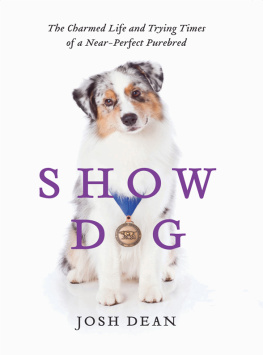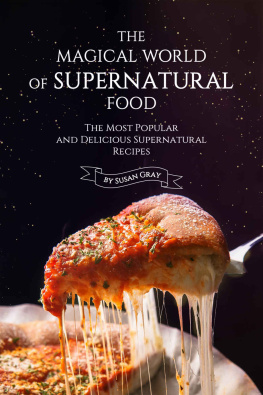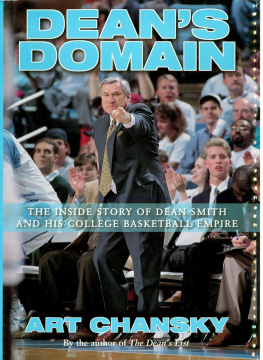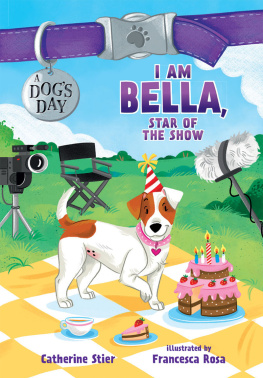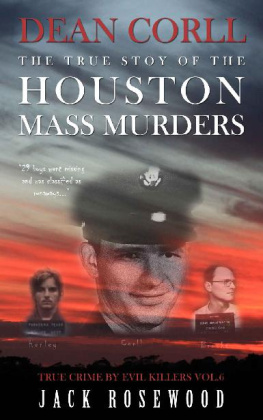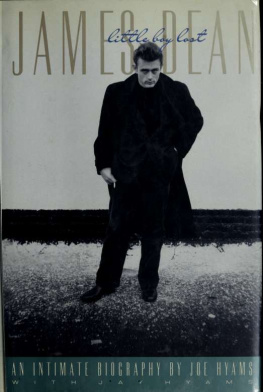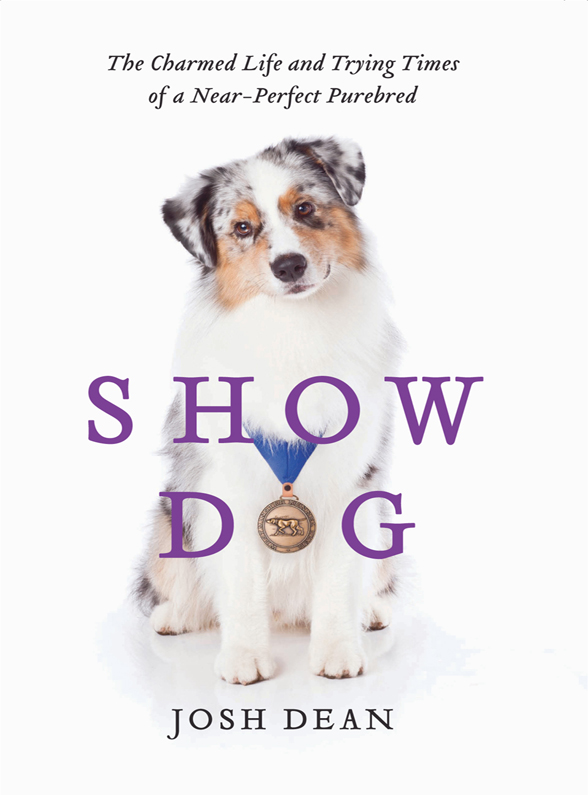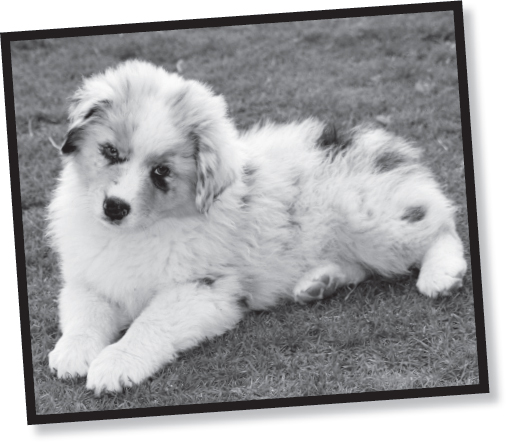

FOR GILL AND CHARLIE,
AND ESPECIALLY MY MOM,
WHO LOVED SO MANY THINGS,
INCLUDING WORDS AND DOGS

CONTENTS

This is an expensive sport, and there is little financial reward
DAVID FREI, DIRECTOR OF COMMUNICATIONS FOR, AND THE FACE AND VOICE OF, THE WESTMINSTER KENNEL CLUB DOG SHOW
Like everybody else in the world, I got started by buying a dog and getting talked into going to a dog show and winning a ribbon and getting hooked for life.
PAT HASTINGS, TOP DOG-SHOW JUDGE, HANDLER, EXPERT
T he American Kennel Club history books will know him as Grand Champion Wyndstars Honorable Mention, but you can call him Jack. Thats what his mom calls him. Not his biological mother, of course. That would be Champion Wyndstars Enough Saidor Gracieand shes a dog. Nor his mom Kerry Kirtley, the California woman who bred and nurtured him in his earliest days, or Heather Bremmer, the professional handler who trains and cares for him when hes making the rounds of Americas East Coast dog-show circuit. No, I mean his mom Kimberly Smith, who first glimpsed a brown-eyed ball of spotted fur on a Web site during a low moment in her life and decided, Thats it. Thats him. Thats my dog. Shes the one who named him Jack.
Jack is a purebred Australian shepherd, Americas twenty-sixth-most-popular breed and neither a particularly new or old one in the grand scheme of things. He is a resident of Pennsylvania and, sometimes in spite of himself, an exemplar of a very special kind of dog: a purebred who participates in the sport of conformation, which you and I know more colloquially as a dog show.
If you, like me, are an outsider to this world, its easy to laugh at people who meticulously groom their dogs and put them on display, and to dismiss their sport, as they call it, as a subculture that occupies only a tiny slice of Americas attentionsomething akin to Renaissance fairs or sci-fi conventionsbut the numbers suggest otherwise. There are more than eleven thousand dog shows sanctioned by the American Kennel Club, and an estimated 2 million of the 20 million purebred dogs in the United States participate in them. So yes, dog showing may be a subculture, but its a mighty big one.
For at least the last five years, the notion of telling a show dogs story has nipped at my ankles. These most-doted-on specimens are so much like the dogs that amble around our livesunconditionally lovable, irrepressibly mischievousand yet at the same time so differentwell traveled, hypertrained, pampered beyond imagination. They are, as I would find out, just regular old dogs with a lot of fancy trappings.
The real problem with embarking on such a project was that I didnt have the slightest idea how to focus on one specific individual. Out of 2 million dogs and 167 AKC-recognized breeds, many of which I had never heard of, the thought of selecting one was daunting; it felt a little like singling out one flower in a field of thousands. Yes, its beautiful and smells great, but so do all the others. What makes this one so special?
And thats where I was when I wandered into the 2009 Westminster Kennel Club Dog Show, with no clear plan, without even the vaguest notion of how it all workedthe elaborate point systems, the champions, the grand champions, the nuances of bone and structure that would give me night sweats over the months to comeand at an early press conference I met a Sussex spaniel named Frank. It was the first Id ever heard of a Sussex spaniel, and this one just happened to be featured because his owners were New Yorkers and thus a good match for the local reporters in attendance.
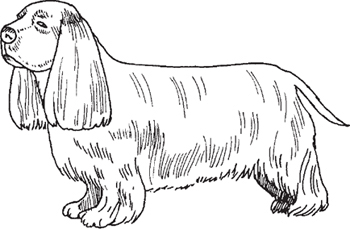
SUSSEX SPANIEL
A Sussex is like a stocky cocker spaniel, with a thick head, long floppy ears, and a beautiful red coat. Members of this breed have the rare ability, Franks owner told me, to sit up on their haunches, with the top half of their torso upright, front limbs dangling, for as long as an hour at a time. Im not sure why this is a useful skill for a dog, or how the hell it ever developed in the first place, but hers demonstrated. The trick was impressive, not to mention adorable, to witness.
Two days later the Sussex spaniel was a famous breed, after an eleven-year-old named Stump emerged from retirement to become the oldest champion in Westminster history, winning the Best in Show title (BIS) in front of fifteen thousand spectators at Madison Square Garden and eventually landing on the cover of AARP magazine. He had droopy ears and droopier eyes, and I couldnt help but imagine the voice of the cartoon character Deputy Dawg as Stump lumbered around the show ring, winning the biggest prize in the sport over more heavily favored, styled, and coddled dogs like a standard poodle, a giant schnauzer, and a Scottish terrier.
To this point Id been stressing over how to choose a dog. Stump answered that for me. It didnt matter. Any one of them can be a good story. You just never know. As youll see with Jack.
The truth is, I had no idea what to expect when a series of connections led me to Heather Bremmer and Kevin Bednar, a husband-wife handling team, who in turn led me to one of their client dogs, a not-even-two-year-old Australian shepherd owned by a single mother from Pennsylvania.
Jack was, I thought, a good representative of what Ill call the accessible show dogundeniably beautiful and special even among other top dogs in his breedbut also a family dog first and foremost. My hope was that his story would be more representative of the experience of the average dog-show enthusiast, the person who loves the sport, and all that goes with it, but doesnt have the bank account to run ads and jet around the country piling up points in pursuit of Best in Show ribbons at major events like Westminster.
On the other hand, it also wasnt impossible that Jack could develop into a star dog in his own right; even without a major financial backer behind him, he stood a very good chance of becoming one of Americas best Australian shepherds, and also just maybe a contender in the Herding Group, one of the seven groups into which show dogs are divided.
Part of the fun in choosing an unknown dog was exactly that: the unknown.
Over the many months I spent reporting this book, one question in particular seemed to arise whenever the subject came up: Will it be like Best in Show? That Christopher Guest film, released in 2000, had a profound effect on the way Americans view the dog-show worldpeople seem to think that, having seen it, they are intimately familiar with this world, which they will almost certainly call crazy or some variant of that adjective (nuts, freaky, etc.). The more surprising thing for me, though, was that so many dog-show people wondered the same thing. Some as a toe-in-the-water measure of what I was up to: Did I mean to make fun of them and expose them as a community of weirdos? Others merely to suggest that it was maybe a touch mean-spirited but that it was also spot-on. Doug Johnson, a breeder of rare spaniels who has twice won Westminsterhe bred Stumpperhaps said it best. Its so close to the truth that its not even funny.

